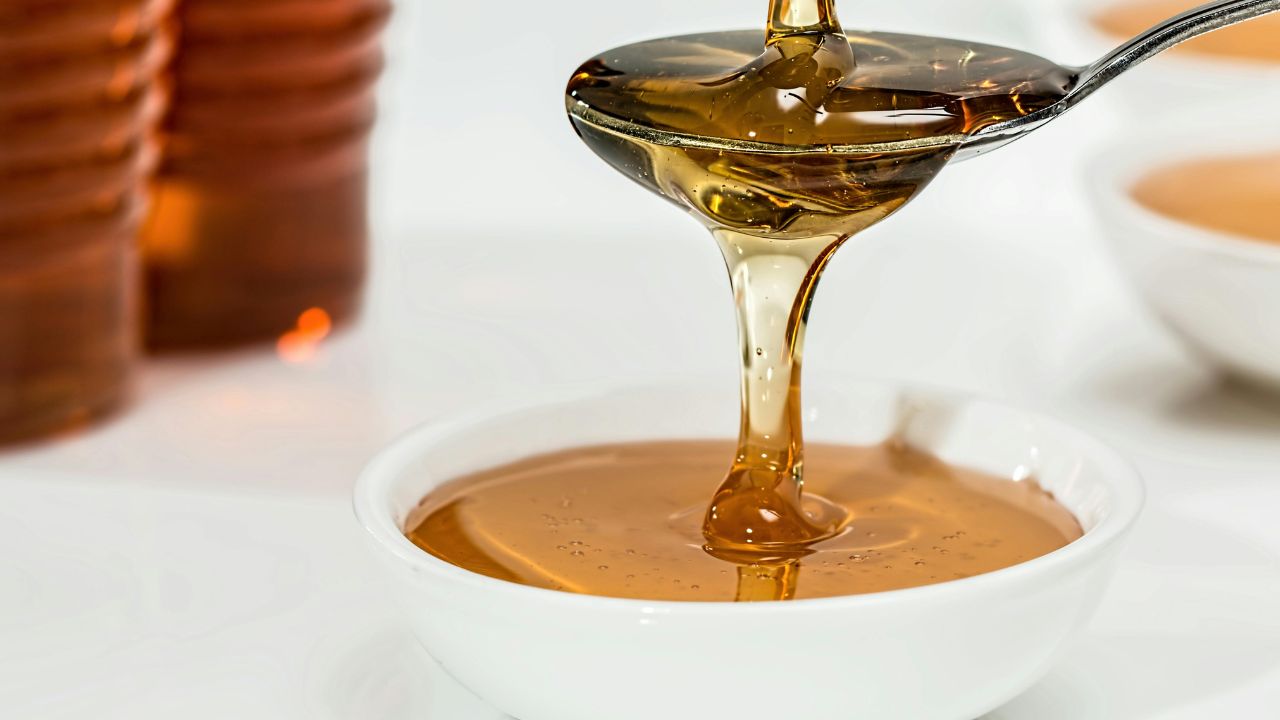
Home Deep Cleaning: Why It’s Essential And What It Involves
The term “deep cleaning” is one that gets mentioned a lot among people who love to keep their properties pristine. Unlike regular cleaning, it involves going to the extreme, scrubbing everything to an inch of its life, while also cleaning areas that don’t usually get much help.
The purpose of this post is twofold:
- To discuss why deep cleaning is essential
- To highlight what real deep cleaning involves
Why Home Deep Cleaning Matters
Home deep cleaning is critical for more reasons than you might expect. While regular cleaning is great, proper cleaning at a deeper level is even more important.
Improves Indoor Air Quality
One reason deep cleaning matters is that it improves your indoor air quality. Problematic dust, dander, and mold can accumulate in hidden spots, but deep cleaning removes them.
For example, suppose your air ducts are full of mold spores and dust. Left unchecked, your HVAC system could continually transport them around your home. But with air duct cleaning, you can eliminate the problem. These services completely remove foreign particles, allowing you to breathe confidently again.
Enhanced Mental Well-Being
Deep cleaning could also enhance your mental well-being. Removing all the grime you know is lurking in the hidden places around your home can support you positively and make you feel better.
Better For Special Occasions
Deep cleaning also helps you feel more confident for special occasions. You can make the entire home look shipshape before people arrive, avoiding any nasty surprises in the kitchen or bathroom.
Deep cleaning makes your property guest-ready. It’s a great way for you to keep it looking its best through time.
Prevents Infestations
Another benefit is the fact that deep cleaning prevents pest infestations. On the surface, your home might look clean, but what about in all the hidden nooks and crannies? These are the locations where pests can get a foothold and start expanding their populations.
But with deep cleaning, you can avoid all of this. It prevents the buildup of food and other materials that could encourage them to move in.
Increases Appliance And Surface Lifespan
Finally, deep cleaning increases the lifespan of your appliances and surfaces. Getting rid of grit and dirt reduces the risk of abrasion.
It can also make things like ovens and sinks last longer. Getting rid of dirt keeps all moving parts functioning and reduces friction and internal corrosion.
What Does Deep Home Cleaning Involve?
So, with that discussion out of the way, what does deep cleaning actually involve? How should you (or the professional you hire) approach your home?
The best way to think about deep cleaning is to break it down by room and miscellaneous factors. Most homes require room-by-room, item-by-item cleaning to be at their best.
Kitchen
The kitchen will usually take up the majority of your time while deep cleaning, simply because of the sheer array of appliances, equipment, and surface space.
The first task is to degrease and scrub all the appliances, like the microwave, fridge, and oven. Even with professional equipment, this can be time-consuming, so if you use a third-party service, expect it to form a significant chunk of the cost.
Grease inside the oven is particularly hard to deal with. Usually, it’s burnt-on, meaning that it requires a lot of scrubbing to remove.
Cleaning the cabinets and exteriors is the next task. Getting rid of stains and dirt is essential.
Then, you’ll want to sanitize the drains, sinkholes, and garbage disposals. These elements rarely receive any attention because they are often out of sight and out of mind. To clean these, you may need to perform some minor disassembly and replace worn-out U-bends if necessary.
The final step for kitchen cleaning is to wipe down the floors and countertops. Cleaning on top of the cabinets is also a good idea, since this area tends to attract sticky, gooey material from cooking, which then attracts dust.
Bathrooms
Next, you’ll want to deep clean the bathroom. This room doesn’t require quite as much work as the kitchen, but it can still demand quite a bit of elbow grease.
The main job is to scrub the tiles and grout. These can change color and even turn black if there is mold present (which there often is from the shower).
Double check for mold and mildew around anything that handles water, like the shower head, faucet, or sinkhole opening. These may require additional scrubbing or special treatment with purpose-built formulas.
Disinfecting everything should also be a part of your strategy. Toilets can become breeding grounds for germs. Use a high-quality bleach and scrubbing brush, focusing on the hard-to-reach areas around the toilet basin.
If your plug holes are blocked or clogged with hair, then use a corrugated plunger to dislodge them. These new designs have larger volumes, allowing them to exert more force on trapped objects further down in your pipes.
Living Areas
Your living areas are also places you’ll want to target during deep cleans. While they might look nice and tidy, they can sometimes hide nasty secrets.
The carpets should be the main focus. These should be vacuumed and shampooed to remove all the detritus and dirt. Usually, you’ll wind up with liters of black waste material you can pour down the drain outside.
Dusting and polishing furniture is also a good idea. Feathering between and behind pieces helps you keep your property perfectly clean and may even reduce the risk of allergies in some cases.
After that, you’ll want to move on to miscellaneous features, like the lights and ceiling fans.
Miscellaneous Areas
Finally, you’ll want to deep clean your miscellaneous areas. These include:
- The vents and ducts your HVAC uses
- Doors, door frames, and handles
- Storage areas, like your garage, shed or attic
- Surfaces that are often touched, like walls or areas around doors
By now, you should have a better idea of what real deep cleaning entails. The main focus is usually the kitchen, but you can also extend it to the rest of your home.





